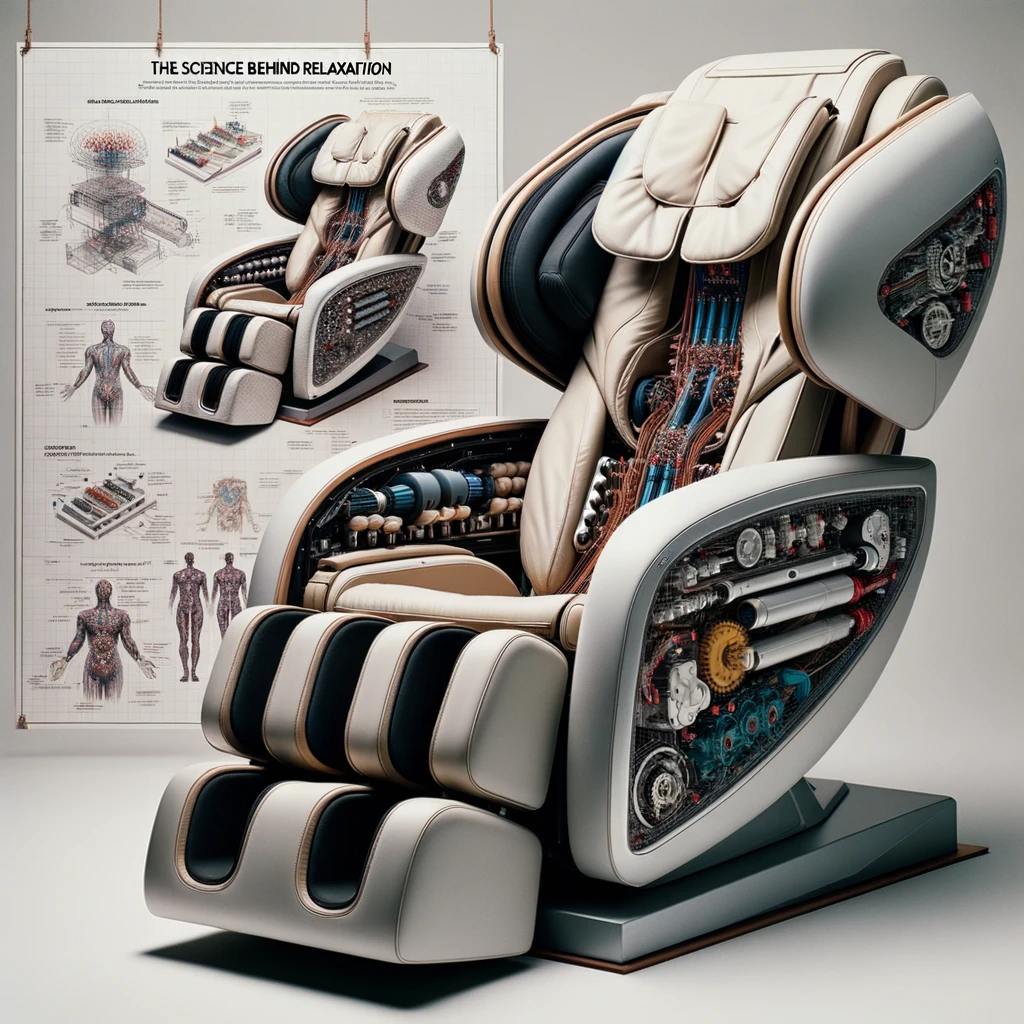We’ve all experienced it: that heavenly feeling of relaxation as we sink into a massage chair. But have you ever paused to wonder, “How do massage chairs work?” The answer is a fascinating blend of technology and design, rooted in a deep understanding of the human body. Let’s unravel the mystery behind these marvels of comfort.

The Foundations of Massage Chair Design
At the core of every massage chair lies a primary goal: to replicate the experience and benefits of a human massage. This requires a balance between mechanical components and software programming. The chair must understand the anatomy of the user, adapt to different body types, and offer a range of massage techniques.
The Mechanical Marvels
- Rollers and Nodes: Most massage chairs use a combination of rollers and nodes. These move in patterns determined by the chair’s programming to mimic various massage techniques. Their motion can be up and down, side to side, or even in circles.
- Airbags: Often located in the chair’s arms, legs, and seat areas, these inflate and deflate in patterns to apply pressure, simulating techniques like tapping or kneading.
- Heating Elements: Many high-end chairs incorporate heating elements. Warmth can help soothe muscles, making the massage even more effective.
- Reclining Features: For those seeking a deep tissue experience, some chairs can recline to a zero-gravity position, distributing body weight evenly and providing an intense massage.
The Brain Behind the Magic: Software and Sensors
Modern massage chairs are embedded with advanced sensors to detect the user’s body shape, size, and contours. This ensures a personalized massage experience. The software can determine the pressure points and adjust the intensity and pattern of the massage accordingly.
Customization and Control
The true magic of a massage chair lies in its ability to offer customized experiences. With a variety of pre-set programs and the ability to manually adjust settings, users can target specific areas of discomfort or focus on relaxation.
The Evolution of Massage Chairs
From their initial introduction in the 1960s to the technologically advanced models we see today, massage chairs have undergone a transformative journey. As technology continues to evolve, we can expect even more features, such as integration with virtual reality or AI-driven adaptive massages.
Final Thoughts
Unraveling the mystery behind the mechanics of massage chairs is as mesmerizing as the relaxation they offer. Rooted in a fusion of design and cutting-edge technology, these chairs embody the epitome of comfort. The next time you sink into one, you’ll not only appreciate the relaxation but also the genius behind your moment of Zen.


